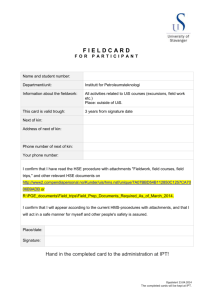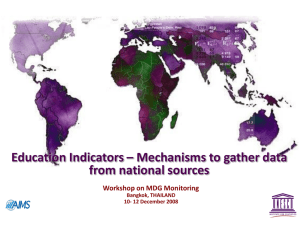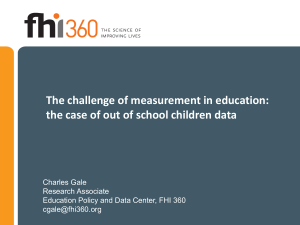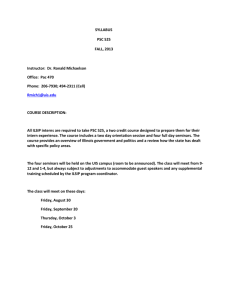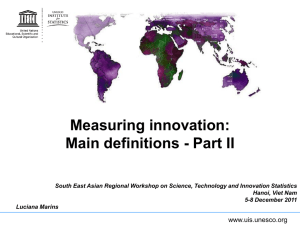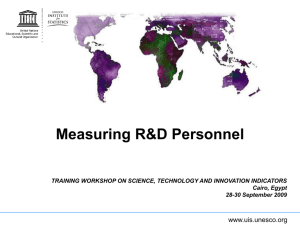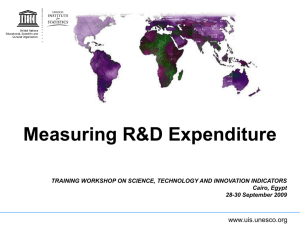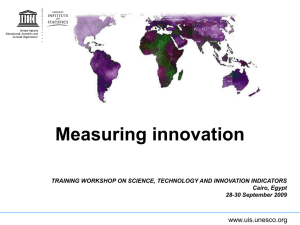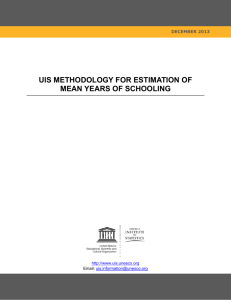Lower Secondary Education Completion Rate
advertisement
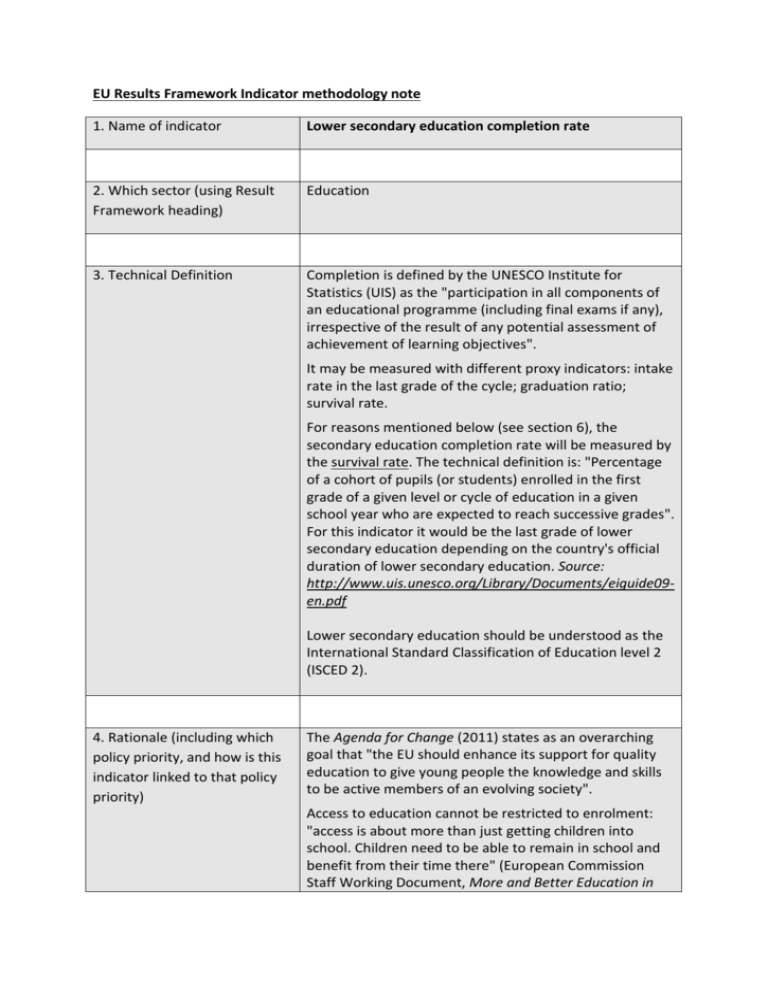
EU Results Framework Indicator methodology note 1. Name of indicator Lower secondary education completion rate 2. Which sector (using Result Framework heading) Education 3. Technical Definition Completion is defined by the UNESCO Institute for Statistics (UIS) as the "participation in all components of an educational programme (including final exams if any), irrespective of the result of any potential assessment of achievement of learning objectives". It may be measured with different proxy indicators: intake rate in the last grade of the cycle; graduation ratio; survival rate. For reasons mentioned below (see section 6), the secondary education completion rate will be measured by the survival rate. The technical definition is: "Percentage of a cohort of pupils (or students) enrolled in the first grade of a given level or cycle of education in a given school year who are expected to reach successive grades". For this indicator it would be the last grade of lower secondary education depending on the country's official duration of lower secondary education. Source: http://www.uis.unesco.org/Library/Documents/eiguide09en.pdf Lower secondary education should be understood as the International Standard Classification of Education level 2 (ISCED 2). 4. Rationale (including which policy priority, and how is this indicator linked to that policy priority) The Agenda for Change (2011) states as an overarching goal that "the EU should enhance its support for quality education to give young people the knowledge and skills to be active members of an evolving society". Access to education cannot be restricted to enrolment: "access is about more than just getting children into school. Children need to be able to remain in school and benefit from their time there" (European Commission Staff Working Document, More and Better Education in Developing Countries, SEC(2010)121). The completion rate gives an insight on the efficiency of the education system (retention) and is usually considered as a proxy for measuring quality. The main European Commission policy on Education refers to our "support to basic education as the foundation for further learning and skills development" (EC Staff Working Document, More and Better Education in Developing Countries, SEC(2010)121). Lower secondary education is the last education cycle of what is usually called "basic education". This indicator aims at monitoring crucial policy targets (retention, quality) for lower secondary education. 5. Level of disaggregation Sex disaggregation required Data available in UNESCO Institute of Statistics (UIS) database 6. Data Sources (including any issues on (i) different definitions by source, and (ii) level of availability of the data) Data should be retrieved from UIS database: http://data.uis.unesco.org/ Data is accessible through the following path in UIS the database: Education > Progression > Survival rates > Survival rate in lower secondary general education. Then select "survival rate to the last grade of lower secondary education" and disaggregation by sex. Survival rate information in lower secondary education is released each year. In 2011, data was available for 94 countries (compared to 130 countries for gross intake rate to last grade and 66 countries for graduation ratio – that are the other two proxy indicators for completion). The survival rate has been chosen to be the preferred indicator out of three possible proxies for two main reasons: it is a commonly agreed proxy for completion; for example to monitor MDG 2 (primary education completion); it responds to both objectives of the EU Results framework to cover a large amount of countries and be relevant to capture accurately what we intend to monitor (completion of an education cycle). 7. Data calculation (including any assumptions made) Data should be retrieved from UIS database: http://data.uis.unesco.org/ Aggregation of data will follow the methodology used by UIS itself to calculate regional averages. UIS favours weighted averages "using [the] denominator as weight" (see: http://www.uis.unesco.org/Education/Documents/FAQeducation-statistics-rev5-en.pdf) For the survival rate, the school age population for lower secondary education has to be used for weighting the different survival rates. It can be retrieved from UIS database through the following path: Education > Population > School age > School age by education level. Then select "Population of the official school age for lower secondary education", with disaggregation by sex. 8. Worked examples* Survival rates of lower secondary education in Nepal and Niger are respectively 87.5% (2012) and 43.23% (2010). School age population estimate for lower secondary education in Nepal in 2012 was 2,009,301; in Niger in 2010 it was 1,516,389. *examples were correct at the time of writing (Feb 2015) 9. Is it used by another organization or in the framework of international initiatives, conventions, etc.? If so, which? Weighted average survival rate in primary education = [(0.875*2,009,301)+(0.4323*1,516,389)/ 2,009,301+1,516,389] = 62.3% Lower secondary education will most likely be part of the post-2015 framework since the general debate on education is moving from a focus solely on primary to a focus on the broader "basic education" which encompasses early childhood development, primary and lower secondary education. The Muscat Agreement, adopted during the last Global Education for All meeting (2014), proposes as target 2: "By 2030, all girls and boys complete free and compulsory quality basic education of at least 9 years and achieve relevant learning outcomes, with particular attention to gender equality and the most marginalized". A similar indicator of completion is used by the Asian Development Bank in its Result framework ("gross lower secondary graduation rate"). 10.Other issues
